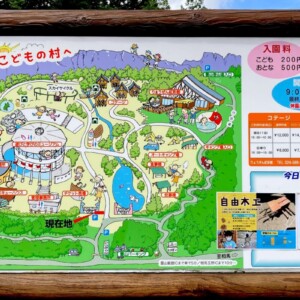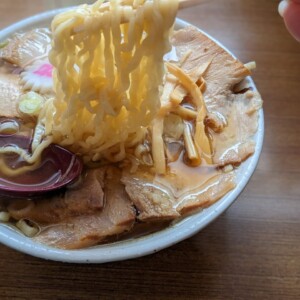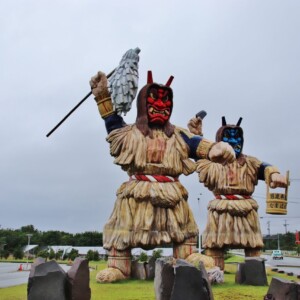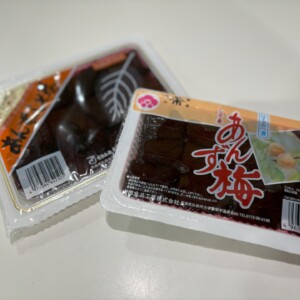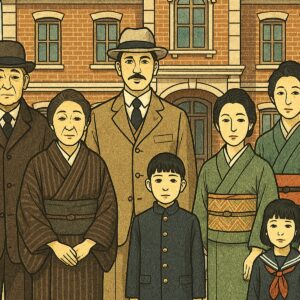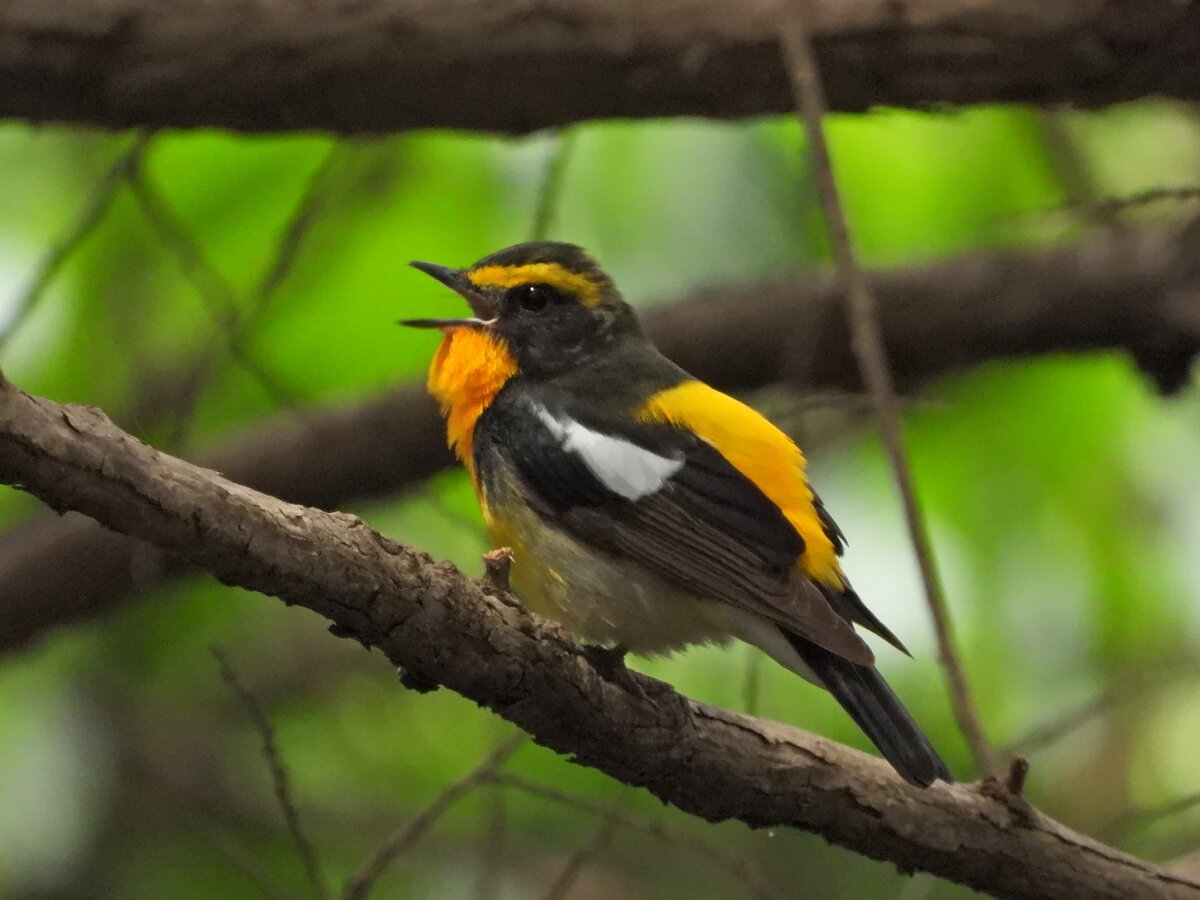
What kind of bird is "Milkytail"? Where can you see the wild birds that have become the official character of the prefecture? [Fukushima Prefecture]
table of contents
Prefectures have designated "prefectural XX" such as flowers and animals, which symbolize the local government, as mascots. The bird in Fukushima Prefecture is a millet. However, just by hearing the name, you won't know what kind of bird it is.
This time, we would like to explore the relationship between the bird called the Milkytail and Fukushima Prefecture.
What is a whitetail?
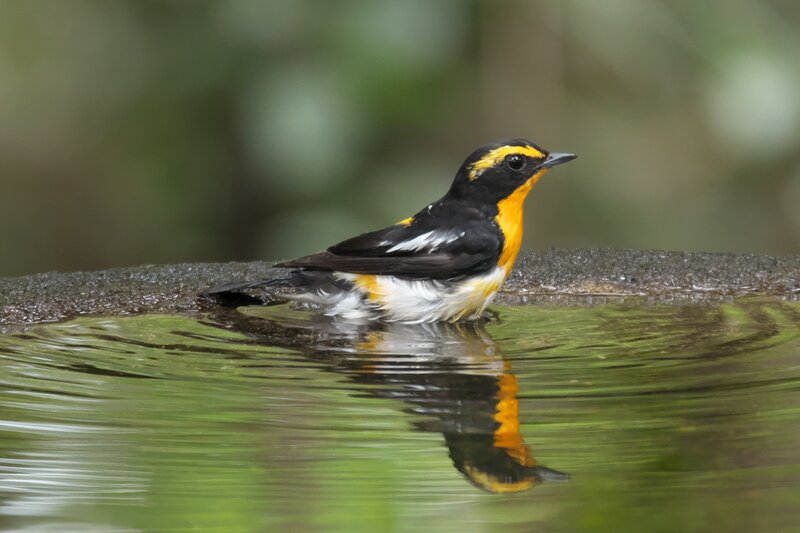
What kind of bird is a millet?
The milletfish are migratory birds that can be found throughout Japan. After spending the warm season in Japan and breeding, they continue to winterize to areas mainly in Southeast Asia. It is only seen in broad-leaved forests during the summer, but in the spring and autumn migratory seasons, it can also be seen in flat lands and lowlands such as gardens and parks.
The body length is 13-14 cm. It is classified into the Order, Flycatcher, subfamily, but is smaller than sparrows. The male milletfish have a beautiful appearance with a clear contrast between bright yellow and black. It is characterized by a yellow line that looks like an eyebrow, a dark colour close to orange at the throat, and white spots on the wings.

On the other hand, females have a plain, greyish green look. There are few patterns and some birds look similar, such as giant lily, so it may be difficult to tell them apart. Young male birds also look similar to females.
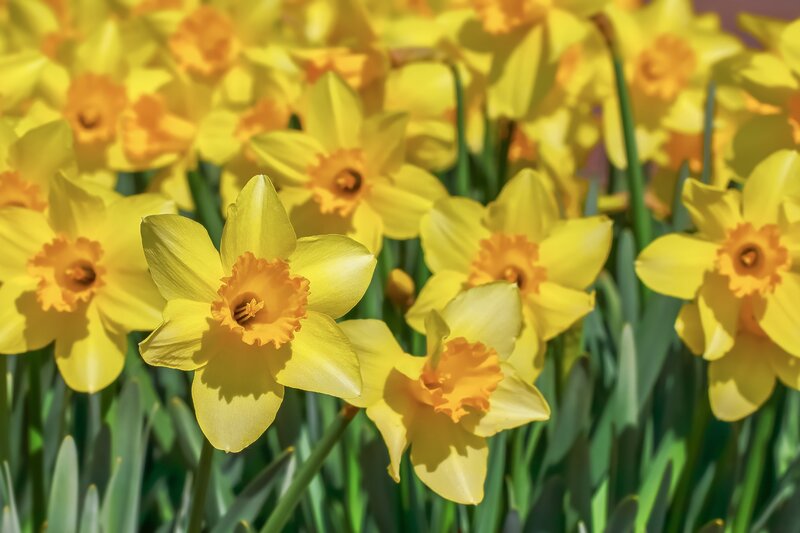
Incidentally, the English name for the roe tuna is " Narcissus Flycatcher ." Flycatchers refer to fellow flycatchers that catch flying insects. Narciss means daffodil. I'm sure the bright yellow that the males wear reminded me of the daffodil flowers.
The milletfish also has distinctive characteristics of its cry. As spring enters the breeding season, males begin to sing beautifully to catch the female's attention. The high, transparent cry is characterized by its ability to pass well all the way to a long way, creating a rolling rhythm. The way you chirp is varied, and there are variations in the way you express the chirp in letters.
- Picchu Picchu
- Churichuri
- Piccolororo
It is apparently sometimes mimic the sounds of other birds. This beautiful chirping gives you a clue to finding a petite millet in the forest.
Why did the milletfish become a bird from Fukushima Prefecture?
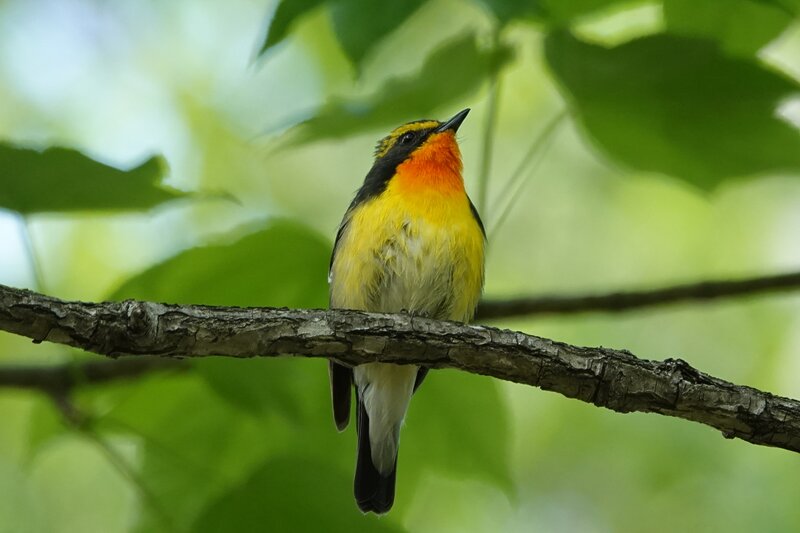
was selected as the "prefectural bird" of Fukushima Prefecture in 1965 However, as mentioned above, the millet is a migratory bird. So why was it chosen as a prefecture in Fukushima?
In fact, it seems that it is not because there are special episodes, but because it is a familiar bird in the prefecture and is the most popular candidate for birds and animals in the prefecture. The following five species were listed as candidates for the prefecture's birds and animals.
- Milkytail
- Sparrow
- Yamagara
- Cuckoo
- squirrel
Of the above, as a general public recruitment for residents of the prefecture using postcards, Kibitaki received the most votes. Since the large number of yellowtails are found in mountains within the prefecture, it is estimated that they have lived close to the prefecture's residents since ancient times. It is also said that in the Aizu region, there are records that they were also kept as pets before the war.
Incidentally, the bird in Fukushima Prefecture is millet, but the prefecture's flowers are nemoto rhododendrons, and the prefecture's trees are zelkova.
The Kibitaki is the motif of the official Fukushima character.
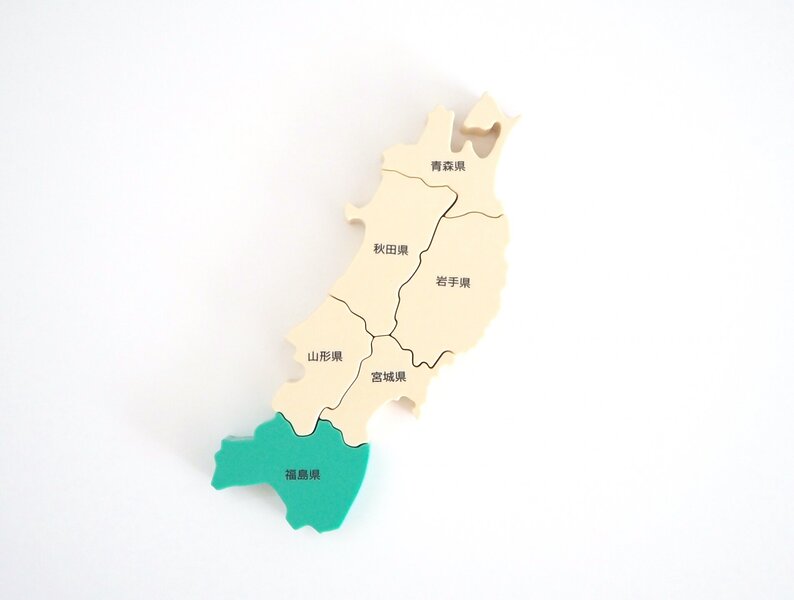
The Kibitaki is the motif of the Fukushima Prefecture reconstruction symbol character, "Kibitan."
Kibitan is a character decided by a public recruitment at the 50th National Athletics Conference (Fukushima National Athletics) in 1995. The head of the yellow bird that brings happiness has a green antenna, and it is said to have a role in conveying the charm of Fukushima and its present day. Furthermore, since it was originally a mascot created for the Fukushima National Sports Festival, I wear sports shoes under my feet.
At the Utsukushima Mirai Expo held in 2001, Kibi Mama, Kibi, and Kibi Maru appeared, creating a family of four. Since the Great East Japan Earthquake in 2011, he has been used as a symbol of Fukushima Prefecture's reconstruction.
the Fukushima Prefecture official YouTube channel , and content that Kibitan is active is distributed. Please support Kibitan, who works hard for Fukushima Prefecture.
When it comes to wild bird watching spots in Fukushima Prefecture, "Little Bird Forest"
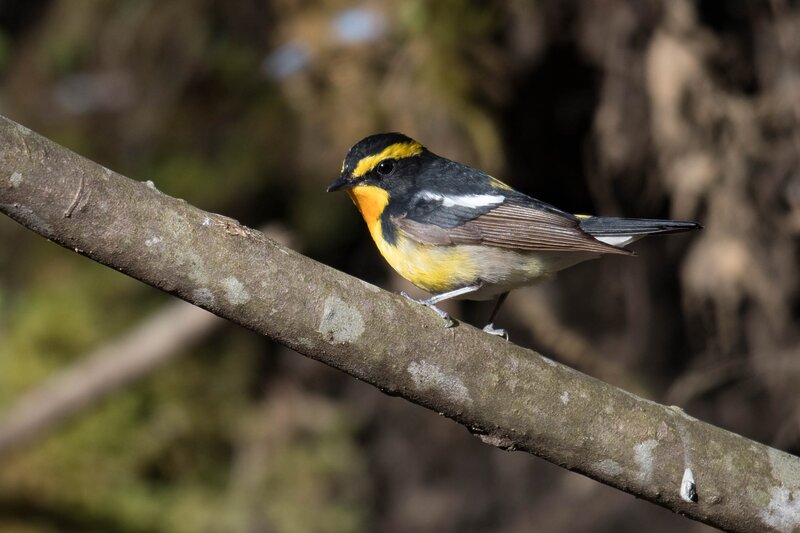
Fukushima Prefecture is rich in nature and is filled with wild bird observation spots. Kotori no Mori , Fukushima city, is known as a typical bird watching spot . Although it is located close to the city, you can slowly observe the nature of the seasons, making it a facility often used for comprehensive study and field trips at nearby schools.
There are three types of nature observation routes developed in the Satoyama, which is at an altitude of 60 to 250m. There is a chance to spot wild birds such as the millet and the sardines in the summer, and thrush and the thrush in the winter. The Nature Center, located in the heart of the forest, provides information about the nature of the forest, so even first-time visitors can feel at ease. There are also irregular observation sessions where you can enjoy the nature of the season, so it's a good idea to visit along with that.
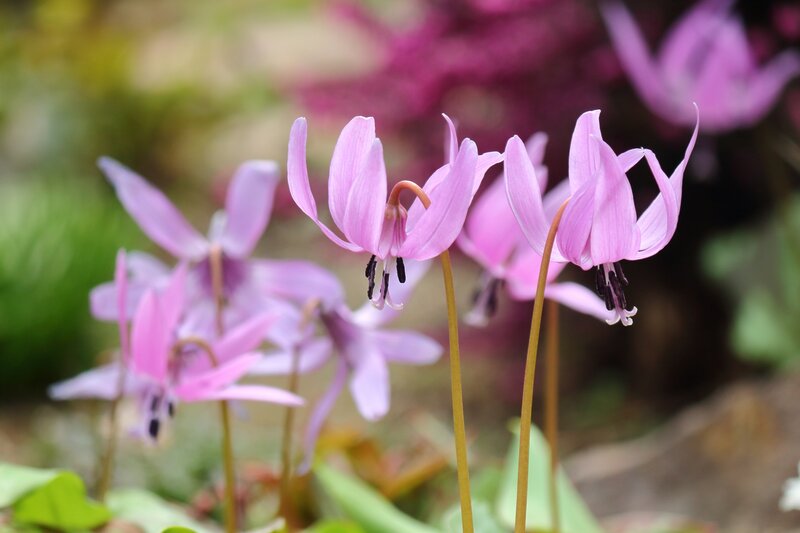
In addition, you can also enjoy the sight of the horned lily flowers growing in early spring in the forest.
Fukushima City Kotori no Mori <Information>
- Name: Fukushima City Kotori no Mori
- Address: 98-98 Yamaguchi Miyawaki, Fukushima City, Fukushima Prefecture 960-8202
- Phone number: 024-531-8411
- Official URL: https://f-kotorinomori.org/
Google Map
Fukushima Prefecture and Kibitaki are good relations
This time we dig deep into the "Great Yellowtail," a bird from Fukushima Prefecture.
The Migratory Bird, a migratory bird with a beautiful appearance and voice, appears to have been a bird that has long been familiar to Fukushima residents. After being selected as a prefecture's bird, it became a motif for the symbolic character, Kibitan, and it became even more inseparable and deeper relationships.
The milletfish begin life in Japan from spring to autumn. If you hear a beautiful cry, stop and try looking for a spot. It might make you feel a little happy if you can see her vivid and beautiful appearance.



![A report on the experience of "Whiskey Collection Koriyama," Tohoku's first whiskey event! [Fukushima Prefecture] Whiskey Collection Koriyama](https://jp.neft.asia/wp-content/uploads/2024/10/IMG_0751-EDIT-150x150.jpg)
![Appears in the first episode of the anime "Zatsu Tabi - That's Journey"! Let's go to Aizuwakamatsu City [Fukushima Prefecture] 30948239_m](https://jp.neft.asia/wp-content/uploads/2025/05/30948239_m-150x150.jpg)
![The delicacy "Anko" is a delicious winter taste on the beach! [Fukushima Prefecture] Monkfish](https://jp.neft.asia/wp-content/uploads/2022/02/2054097_m-150x150.jpg)
![A tour of the 33 remaining Kannon in Minami Aizu. "Thirty-three Kannon" certified as a Japanese Heritage Site [Fukushima Prefecture] 11_MG_9631](https://jp.neft.asia/wp-content/uploads/2022/11/11_MG_9631-150x150.jpg)
![What is "disc dumplings" in Fukushima City? Introducing recommended shops and history [Fukushima Prefecture] Disc Dumplings 1](https://jp.neft.asia/wp-content/uploads/2023/03/31485117_m-150x150.jpg)

![Okuaizu Shoten is born where you can "know, buy, and experience" Okuaizu! [Fukushima Prefecture] Okuaizu store](https://jp.neft.asia/wp-content/uploads/2024/07/sub6-150x150.jpg)
![Everyone knows "that nursery rhyme" was born in Fukushima! A deep dive into the thoughts contained in lyrics and music writing [Fukushima Prefecture] ChatGPT Image July 14, 2025 14_24_04](https://jp.neft.asia/wp-content/uploads/2025/07/30ae0dd891c7824801c92cf1cdc72607-2-150x150.jpg)



